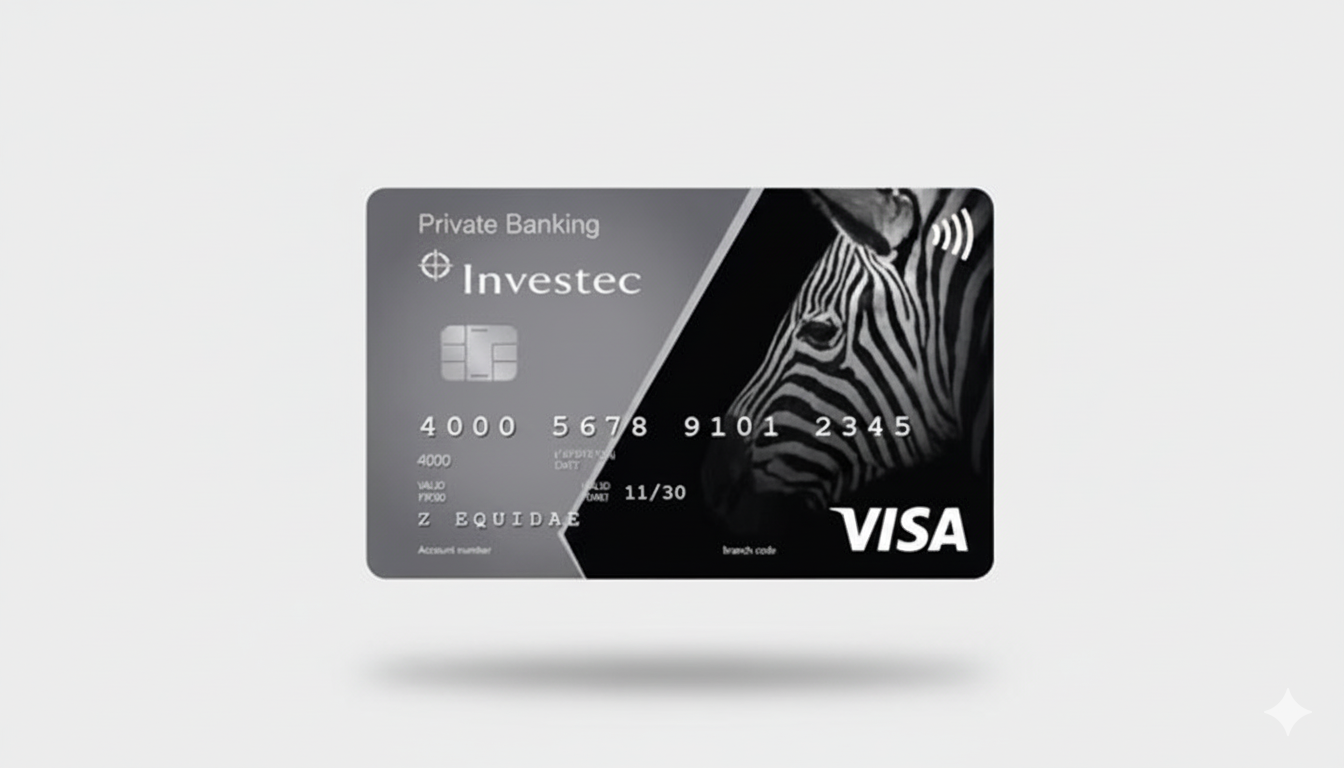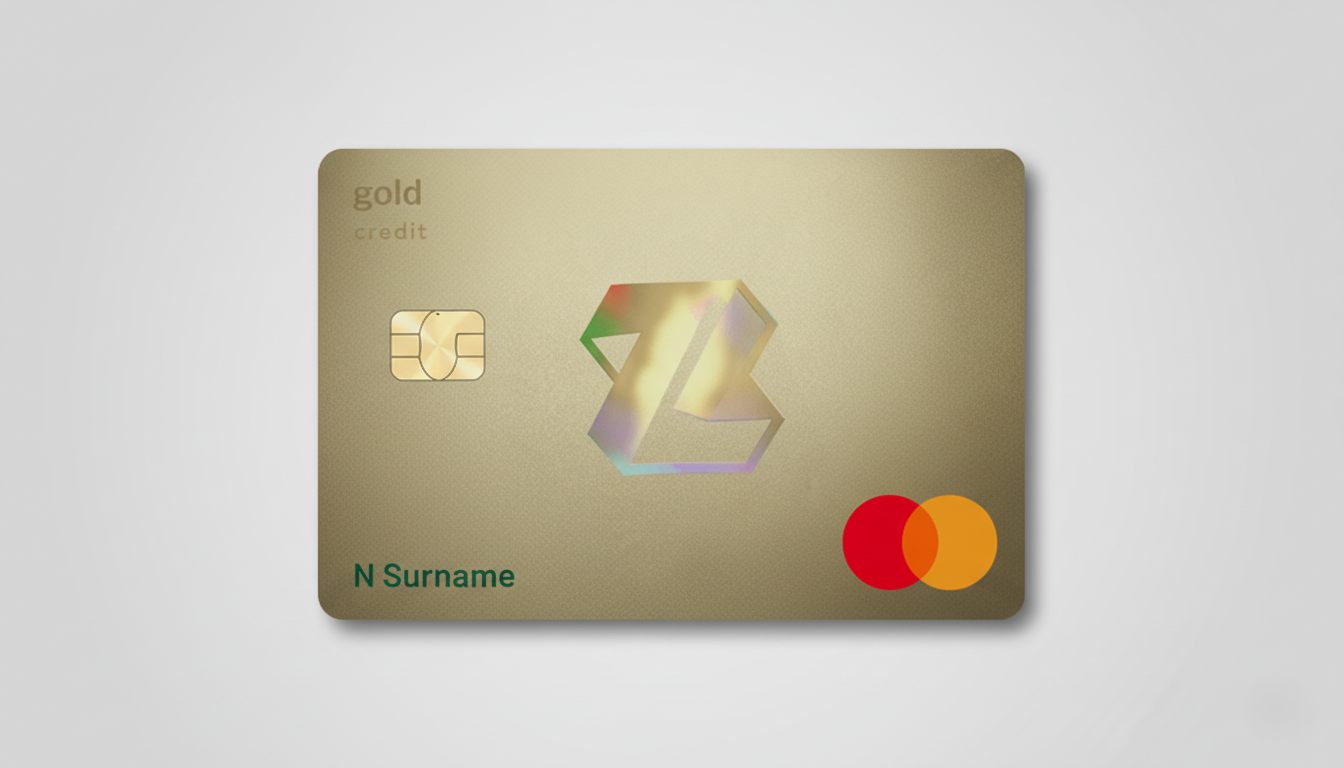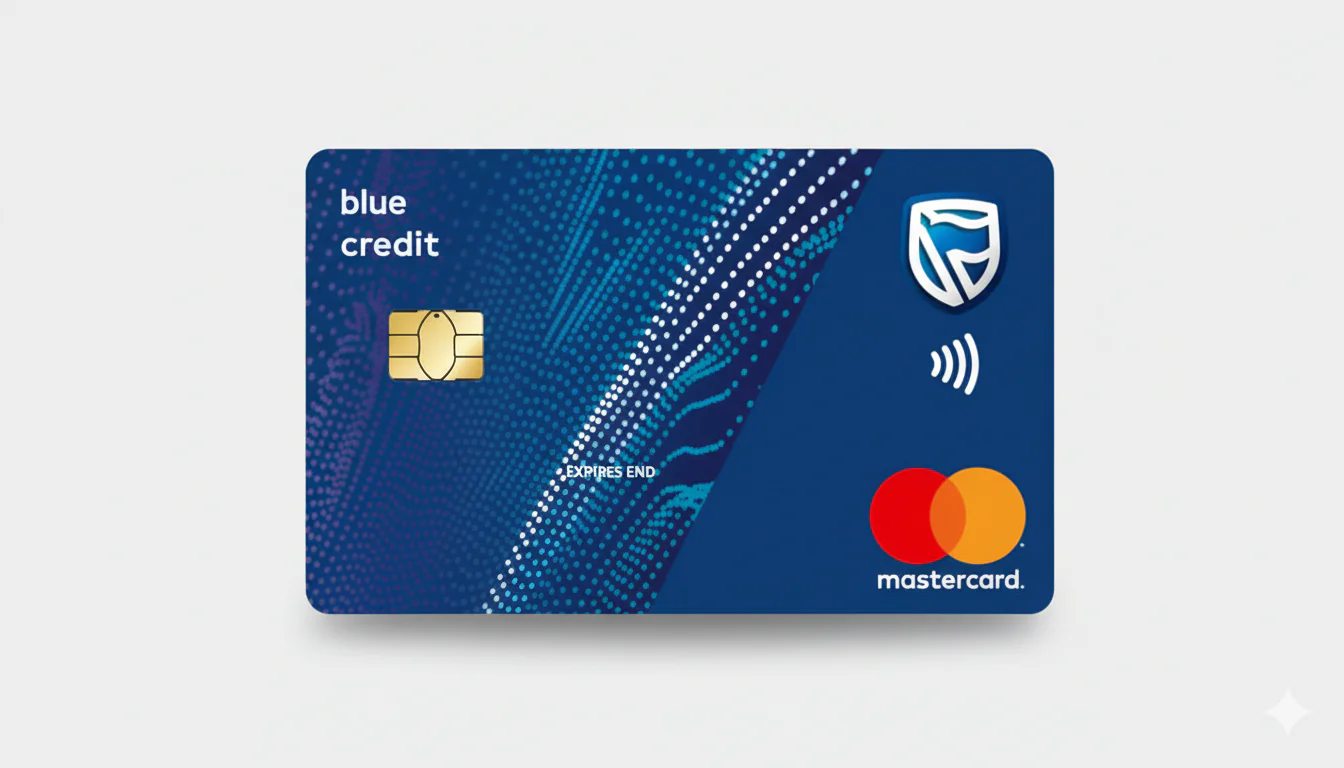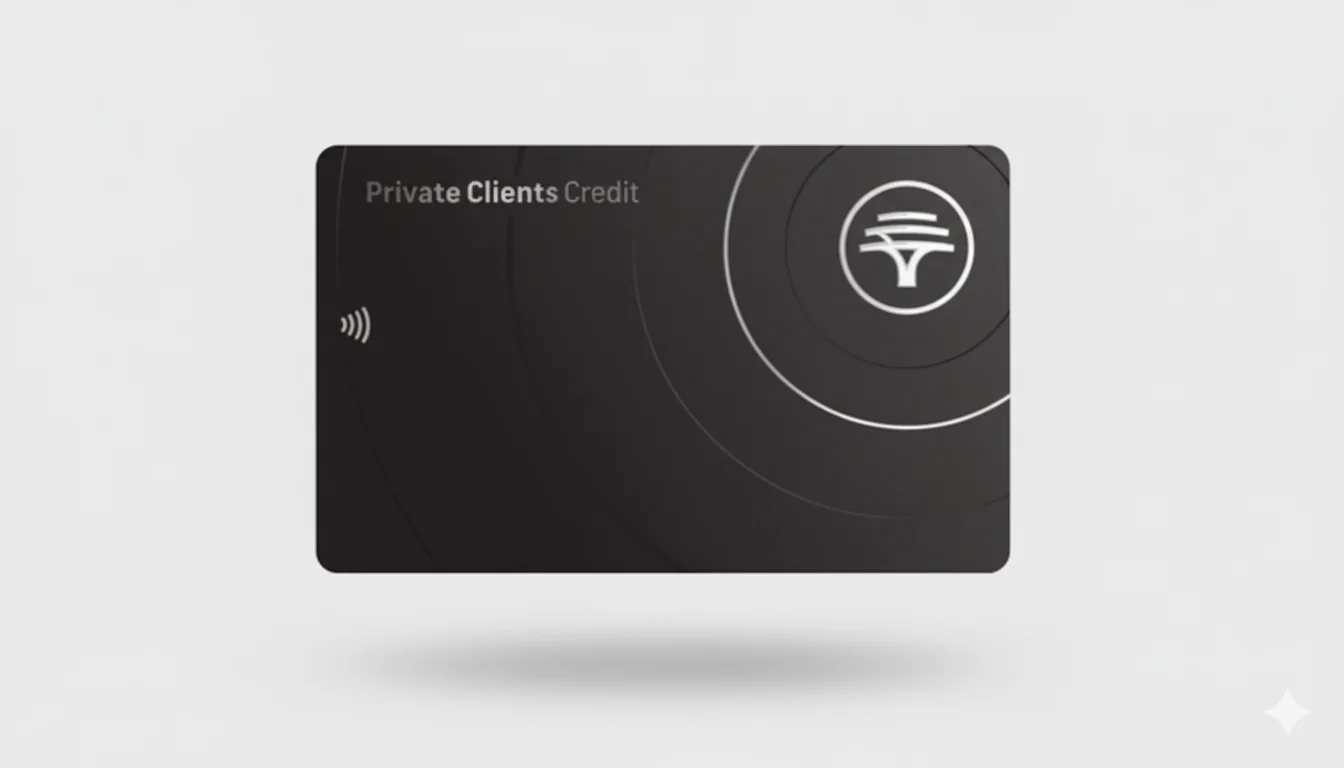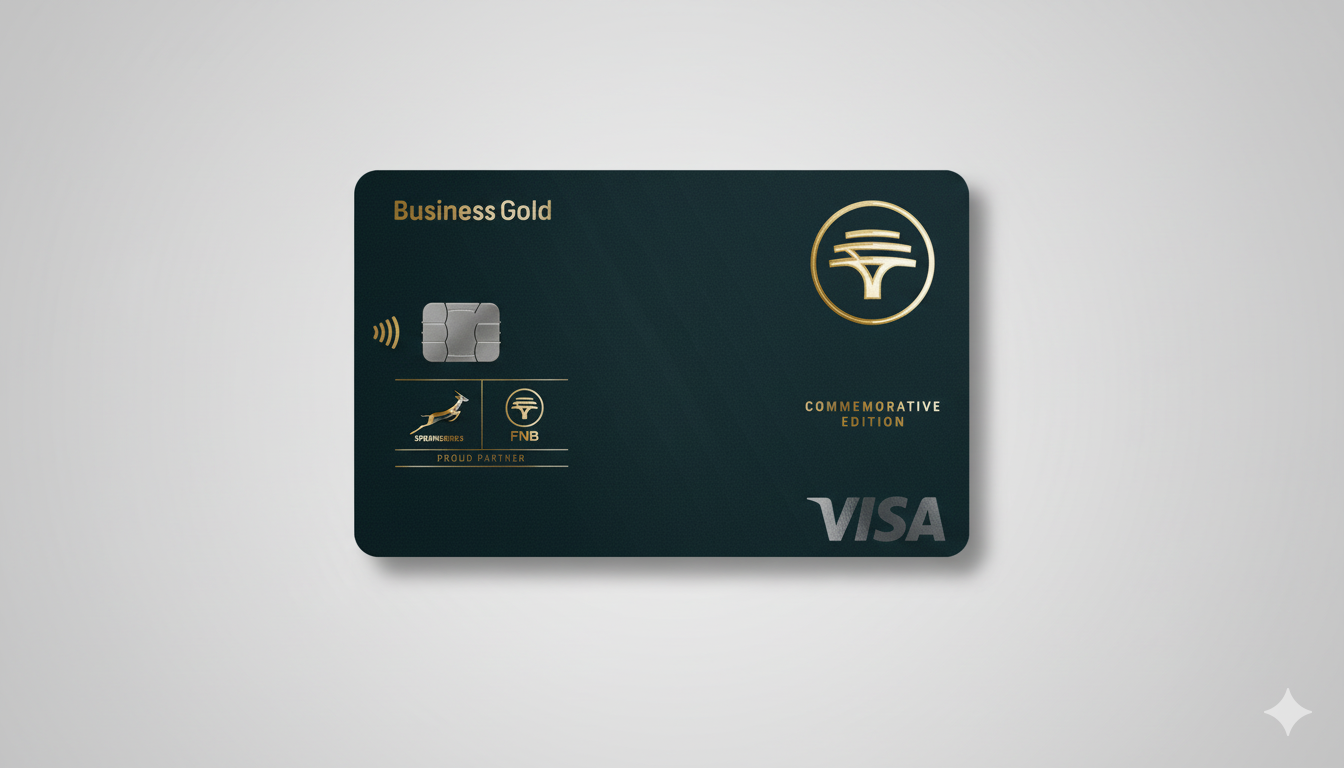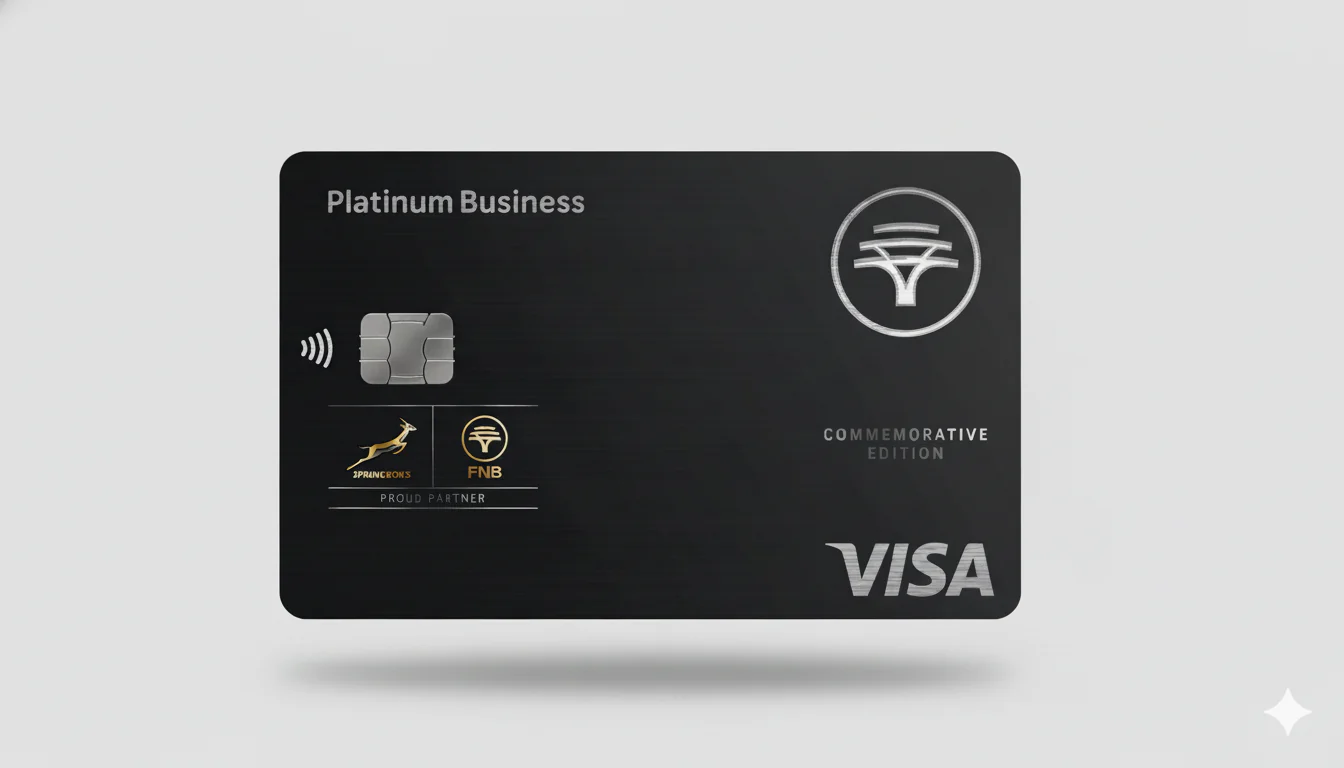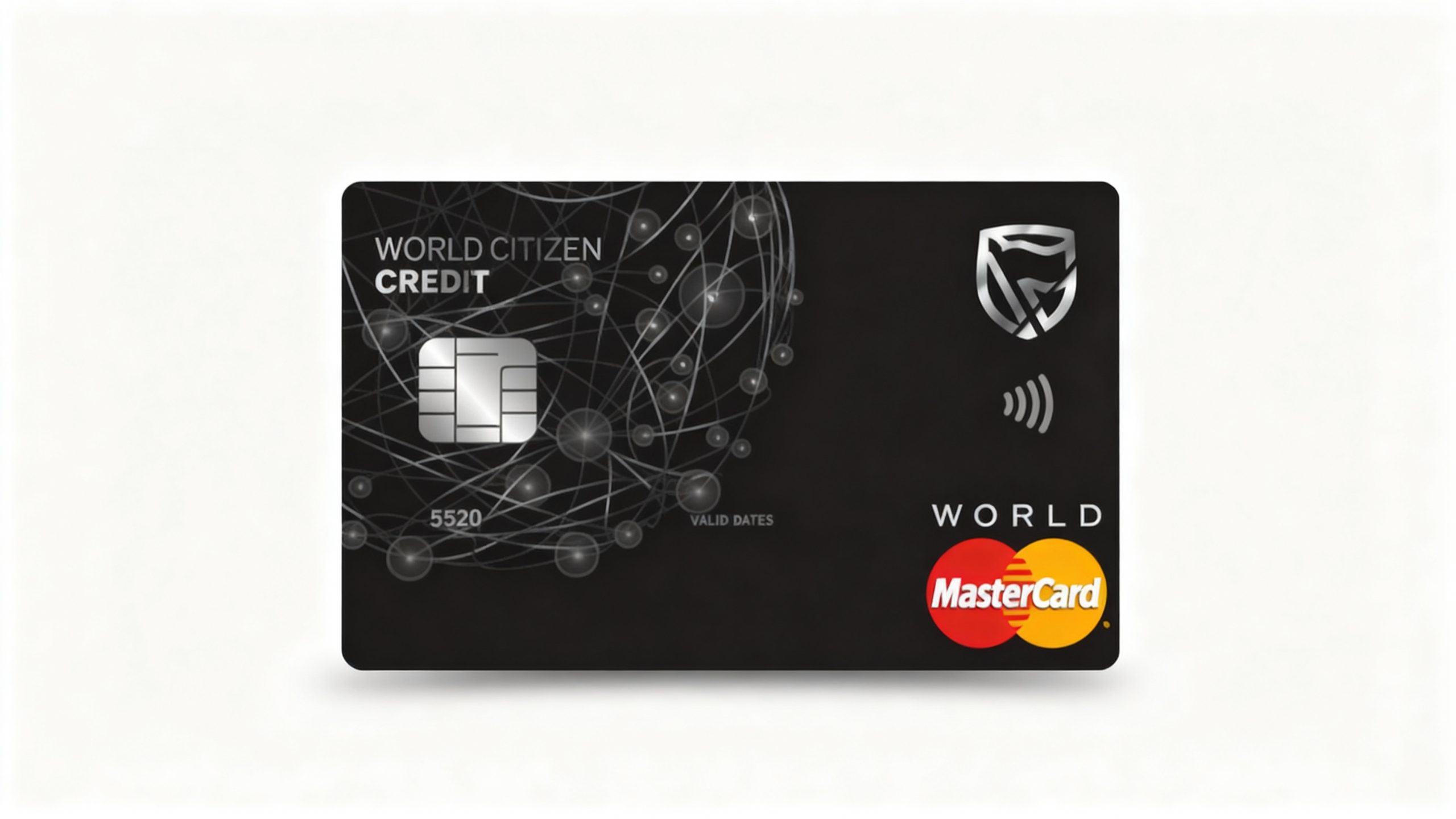APR this, redemption that, footnotes for days. Let’s skip the jargon. The Edge Credit Card is a premium card that tries to do two simple things: reward the spending you already do and protect you when life gets messy. No circus tricks.
This guide is the kind a friend would text you after a weekend of research: what it’s good at, who it suits, what it costs, and how to squeeze proper value out of it. No fluff, just the bits you’ll actually use.
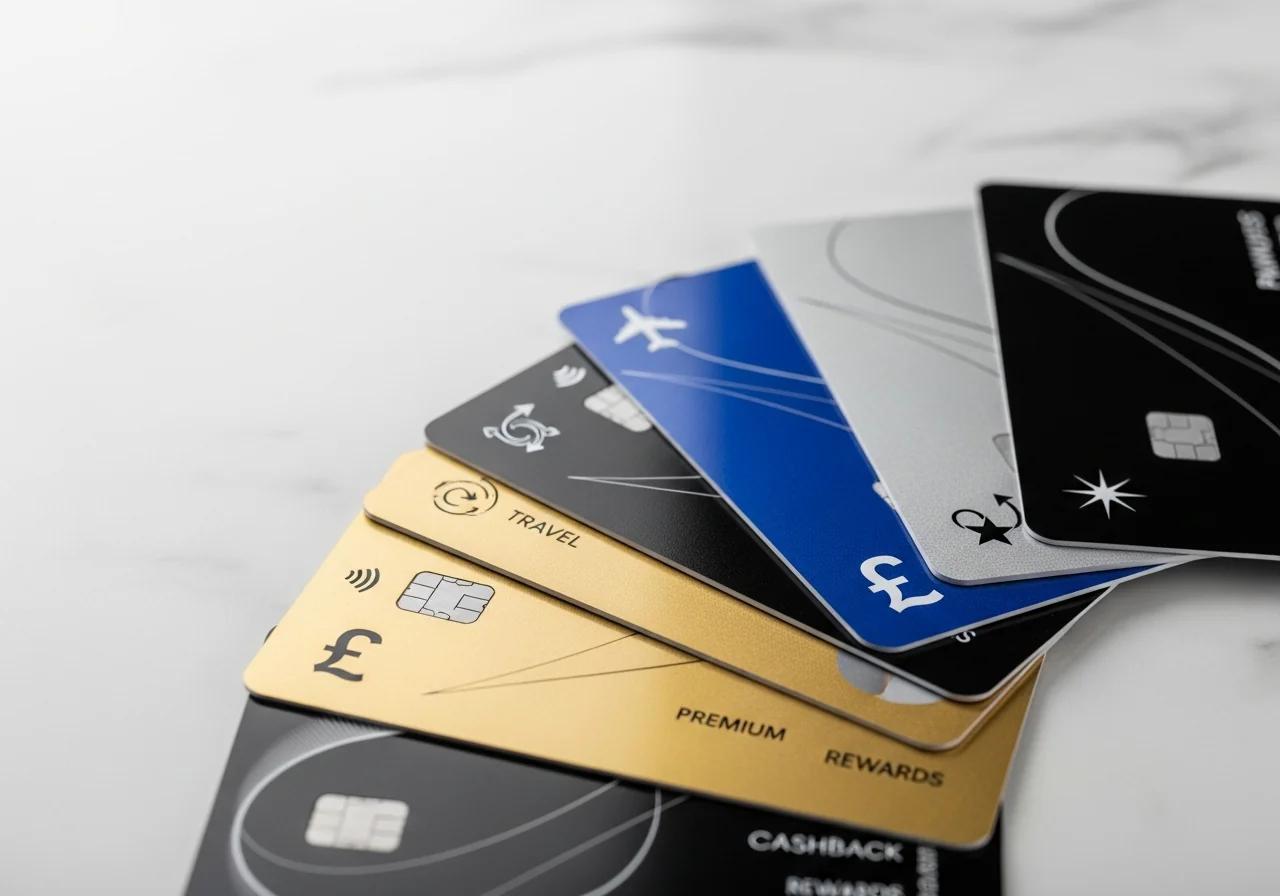
More About Credit Cards
Below, we’ll share articles related to this topic. So, read on:Why Edge keeps popping up in “best cards” lists.
Plenty of cards shout about huge bonuses, then hide the hoops. Edge goes for everyday usefulness:
- Cashback where people actually spend. Groceries, transport, dining, entertainment — the boring-but-real monthly stuff.
- Redemptions that feel normal. Statement credits (everyone’s favourite), travel and merchandise, and transfers to partners where available.
- Premium protections without the premium headache. Purchase protection, extended warranty, travel cover, robust fraud monitoring and zero liability on dodgy transactions.
- No earning caps. You won’t bump your head halfway through the month.
- Quarterly promos. Occasional boosts that are worth a peek before big purchases.
- Welcome offer. Usually there — details change with promotions, but it’s often enough to notice.
Edge’s whole vibe is “solid, repeatable value,” not “one-time fireworks.”
Rewards in plain English
Here’s the earning structure — simple enough to remember:
- Dining & entertainment: 3% cashback (no limit)
- Supermarkets: 2% cashback (no limit)
- Transport & fuel: 2% cashback (no limit)
- Everything else: 1% cashback (no limit)
No complicated sign-ups each quarter or confusing merchant lists. Check the app or site for quarterly bonus categories; if something you already plan to buy is boosted, time it smartly.
How that feels in real life
Let’s say a typical month looks like this:
- £350 on groceries → £7.00 back
- £120 on transport/fuel → £2.40 back
- £200 on dinners, cinemas, nights out → £6.00 back
- £330 on assorted bits → £3.30 back
That’s £18.70 back for doing… nothing special. Over a year? Roughly £224, before welcome offers or quarterly boosts. Not life-changing, but absolutely bill-shrinking.
Spending tip: put recurring charges (music, streaming, cloud storage) on Edge. It’s low-effort cashback you’ll forget about until your statement looks a little kinder.
The “stuff goes wrong” safety net
Cards feel the same — until something breaks or a trip derails. Edge leans in here:
- Travel insurance: The helpful kind — think trip cancellation/interruption and lost luggage protection (limits/exclusions apply, as always).
- Extended warranty: Eligible gadgets get extra coverage beyond the manufacturer’s term.
- Purchase protection: New, eligible purchases are protected against damage/theft for a set period.
- Fraud & security: Real-time monitoring, quick card freeze in the app, zero-liability if someone helps themselves to your card details.
No one brags about these perks at the pub… until the suitcase goes missing.
Who the card is really for (and who it’s not)
Edge is aimed at folks with good to excellent credit who want rewards to happen in the background. The usual boxes:
- UK resident, 18+
- Regular income at or above the issuer’s threshold
- Cleanish credit history (no recent bankruptcies/CCJs)
Not sure you’ll qualify? Use a soft-search eligibility checker first — you’ll get a sense of your chances without a hard enquiry.
Ways to look better on paper
- Keep credit utilisation low (under ~30% if you can).
- Check your credit report for weirdness (old addresses, errors).
- Get on the electoral roll at your current address.
- Keep employment/income details tidy and consistent on the application.
If you’re currently rebuilding credit or need long 0% promos to manage a big purchase, you might want a specialist card first, then circle back to Edge later.
How to apply without breaking stride
Plan for 10 minutes online. It’s smooth if you have:
- Personal details (name, DOB)
- Address history (current and previous if you’ve moved lately)
- Employment + income info
- Bank details (for payments)
- ID (sometimes requested)
Most people get a decision in minutes; a small portion takes up to five working days if the team needs another look. Approved? Expect the card in 7–10 working days (sometimes faster with promos).
Little pro move: set up a Direct Debit for the full statement amount on day one. It’s the easiest way to avoid interest and late fees forever.
Fees and charges: know them, beat them
Edge is premium, so there’s an annual fee that varies by tier. Sometimes the first year is waived for eligible applicants — always check the current offer.
Other standard bits:
- Foreign transaction fees: Competitive — still worth checking if you travel a lot.
- Balance transfer fee: A small percentage of what you move over.
- Cash advance fee: Market-standard (and usually not worth it).
- Late payment fee: Avoidable with alerts + Direct Debit.
Here’s the trick: if you pay in full and put your high-earning categories on Edge, the cashback plus protections can easily outweigh the annual fee.
Edge vs “the other shiny card” you’re eyeing
- Rewards: Up to 3% on dining/entertainment is strong; many premium rivals sit at 1–2% on common spend.
- Travel perks: Edge’s cover is properly comprehensive compared with a lot of mid-premium cards.
- Welcome offer: Typically present and competitive (numbers change with promos).
- Purchase protection: Edge includes it; some competitors limit or skip it.
- 0% deals: If your top priority is a long 0% on purchases or a balance transfer marathon, a specialist card might win. If you want year-round value, Edge makes a stronger case.
Rule of thumb: choose the card that pays you for what you already do — not the card that asks you to change how you live.
How to squeeze every last drop of value
- Map your spend. Jot down last month’s categories; push dining/entertainment, supermarkets and transport/fuel to Edge.
- Let promos work for you. If a quarterly category lines up with a planned purchase (new laptop, big supermarket shop before hosting), time it.
- Redeem regularly. Statement credits keep motivation high — you literally see your bill shrink.
- Use protections intentionally. Big electronics? Travel bookings? Put them on Edge for the extended warranty and purchase protection.
- Automate good behaviour. Direct Debit (full balance), spend alerts, unusual-activity notifications — set and forget.
- Add authorised users (wisely). Shared household spending = faster rewards. Agree limits. Keep an eye on the app.
- Don’t carry a balance. Rewards are not worth it if you pay interest. If you need time to pay, a 0% purchase card is often smarter.
Micro-habit to try this week: move your top three recurring subscriptions to Edge and set a calendar nudge to check your rewards balance monthly. That’s five minutes of admin for rewards you’ll feel.
Is Edge “the one” for you?
You’ll probably love it if:
- You eat out or go out often enough to enjoy the 3% tier.
- Your grocery + commute spend is steady (hello, 2% + 2%).
- You want travel + purchase protections bundled in, just in case.
- You prefer simple redemption without learning a points PhD.
You might pass if:
- You’re chasing a very long 0% promo for a single big purchase.
- Your spend barely touches Edge’s high-earning categories.
- You rarely travel and don’t value the protections.
Bottom line
The Edge Credit Card doesn’t try to reinvent the wheel; it tries to make the wheel smoother. Cashback on the spending you already do, redemptions that make sense, protections for the “just in case” moments. If you pay in full and your real-life budget touches Edge’s bonus categories, it’s a card that quietly earns its keep month after month.
One last tip: before you apply, look at your last two statements. If your spending lines up with 3% + 2% + 2%, Edge will likely pull its weight — and then some.

